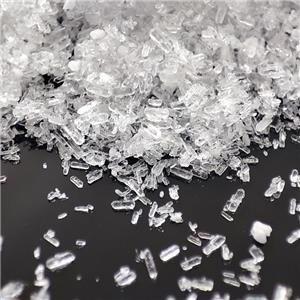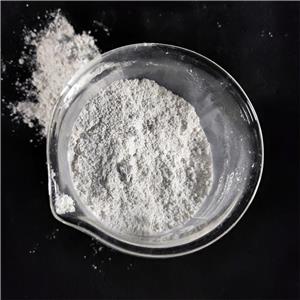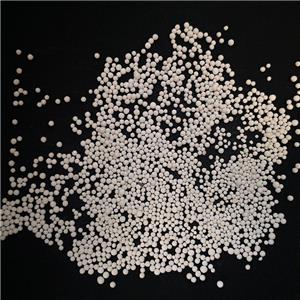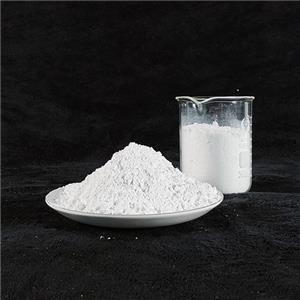How to select magnesium hydroxide
1.Identify Your Core Application (This is the most important prerequisite).
The application of magnesium hydroxide directly determines the indicators you need to focus on. First, clarify your purpose for purchasing it:
Flame retardant (most common application): Magnesium hydroxide Used in polymer materials such as plastics, rubber, cables, and coatings.
Environmentally friendly neutralizer: Magnesium hydroxide Used in industrial wastewater treatment, flue gas desulfurization, and cidic soil improvement.
Pharmaceutical raw material: Magnesium hydroxideUsed in the preparation of antacids (such as "milk of magnesia") and laxatives.
Food additive: Magnesium hydroxide Used as an alkaline agent, desiccant, etc.
Chemical raw material: Magnesium hydroxide Used in the preparation of other magnesium salts (such as magnesium oxide and magnesium sulfate).
Different applications have different priorities:
Flame retardant applications, the most important considerations are purity, particle size and distribution, and surface activation.
Environmentally friendly neutralization applications, the most important considerations are purity, reactivity (neutralization speed), and price.
Pharmaceutical/food applications, the most important considerations are purity, content of harmful impurities such as heavy metals, and microbiological indicators. Compliance with pharmacopoeias (such as CP, USP) or food-grade standards (such as FCC, GB) is essential.
2.Focus on Key Technical Specifications
Once you've determined the intended application, you can request the product's Certificate of Analysis (COA) from the supplier and focus on the following specifications:
a. Purity (Magnesium Hydroxide Content)
Importance: Higher purity means fewer impurities and more stable performance. For flame retardant applications, high purity ensures higher flame retardant efficiency.
Common grades: Industrial grade typically has a purity of ≥90%-95%; high-purity grades can reach ≥98% or even ≥99%.
Recommendation: Choose based on your application requirements. Don't blindly pursue the highest purity, but ensure that impurities do not affect the performance of your final product.
b. Particle Size and Specific Surface Area
Importance: This is a key factor influencing performance.
Flame retardant applications: Ultrafine particle size (e.g., D50 below 1-3 microns) and a large specific surface area enable more uniform dispersion in polymer materials, forming a denser barrier carbon layer and significantly improving flame retardant efficiency. Furthermore, fine particles have a minimal negative impact on the mechanical properties of the material.
Environmentally friendly neutralization applications: Particle size requirements are relatively relaxed, but finer particles generally have higher reactivity and faster neutralization.
How to determine: Request the supplier to provide particle size distribution (D10, D50, D90) and specific surface area (BET) data.
c. Impurity Content
Heavy metals (such as lead, arsenic, cadmium, and mercury): Pharmaceutical and food-grade products must be tested, and their content must strictly comply with relevant standards. Industrial-grade products also require attention, especially when used in contact products.
Chloride (Cl-): Excessive levels may be corrosive to processing equipment.
Iron (Fe), calcium (Ca), etc.: These can affect the whiteness of the product and are important for flame retardants used in light-colored or white products.




